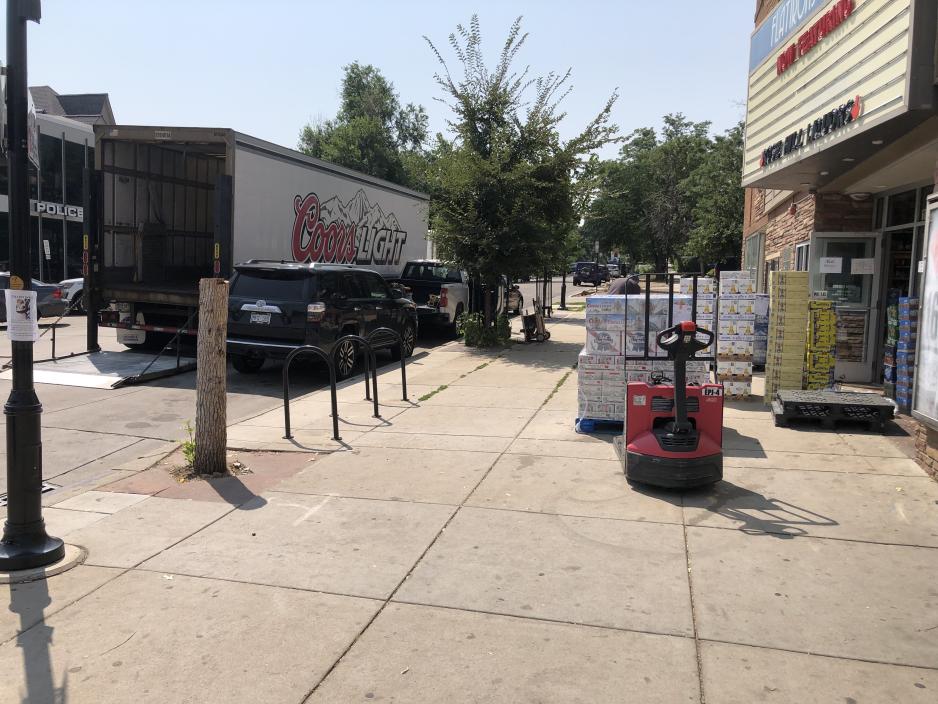Manage the value of curb space through the application of structural, policy, and technological curb management solutions.
Restructure or create organizations or divisions dedicated to curb management responsibilities, as curb space is an essential municipal asset.
- Develop citywide policy goals or frameworks for curb management related to safety, mobility, environmental sustainability, equity, public transparency, enforcement, and prioritized curb functions by land use. Set timeframes for implementation as either quick wins, short-term, and long-term.
- Digitize and centralize data collection and inventory or enhance manual collection. This can be done through sensors, cameras, LiDAR, curb wheels, mobile mapping, and regulation automation.
- Implement smart parking reservation systems to allow trucks, passenger vehicles, on-demand delivery, or TNC vehicles to find and reserve available parking spaces though an app or website to save time, reduce double parking, and curtain cruising, VMT and associated emissions.
- Provide incentives or requirements for off-peak delivery to ease peak demand on the curb and redistribute freight demand throughout the day.
Body
